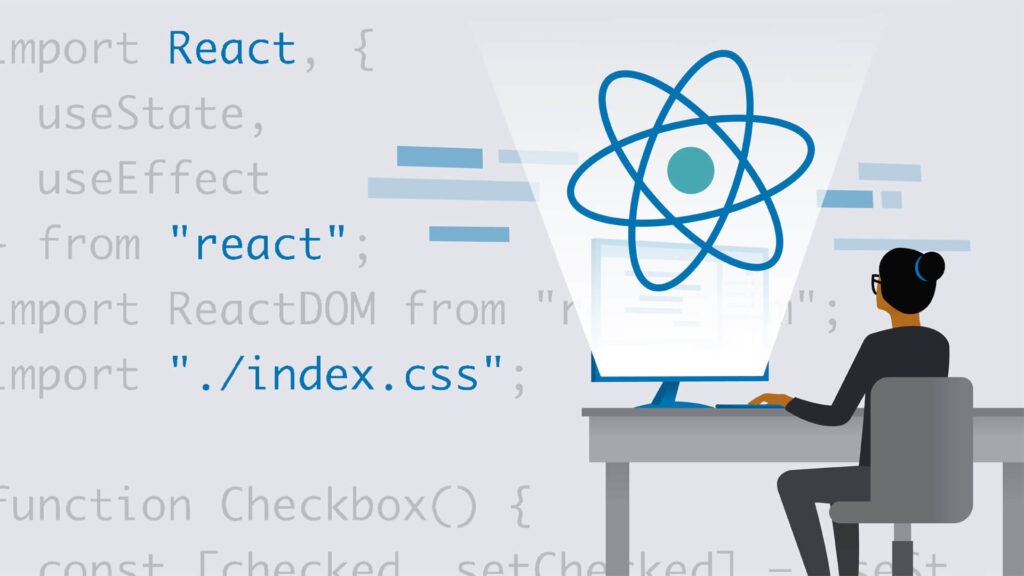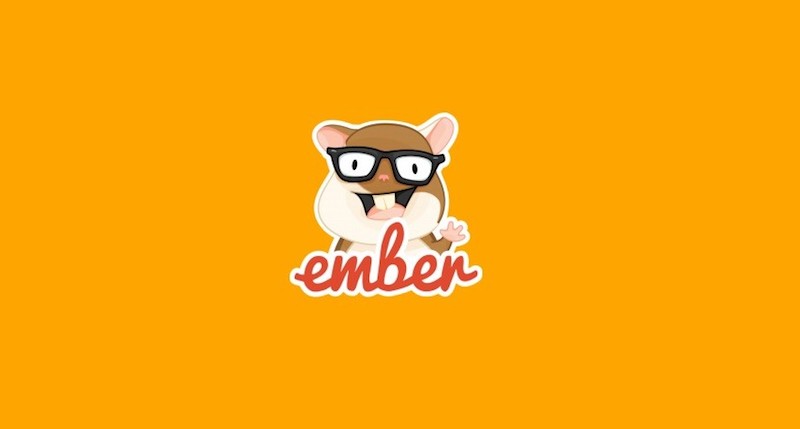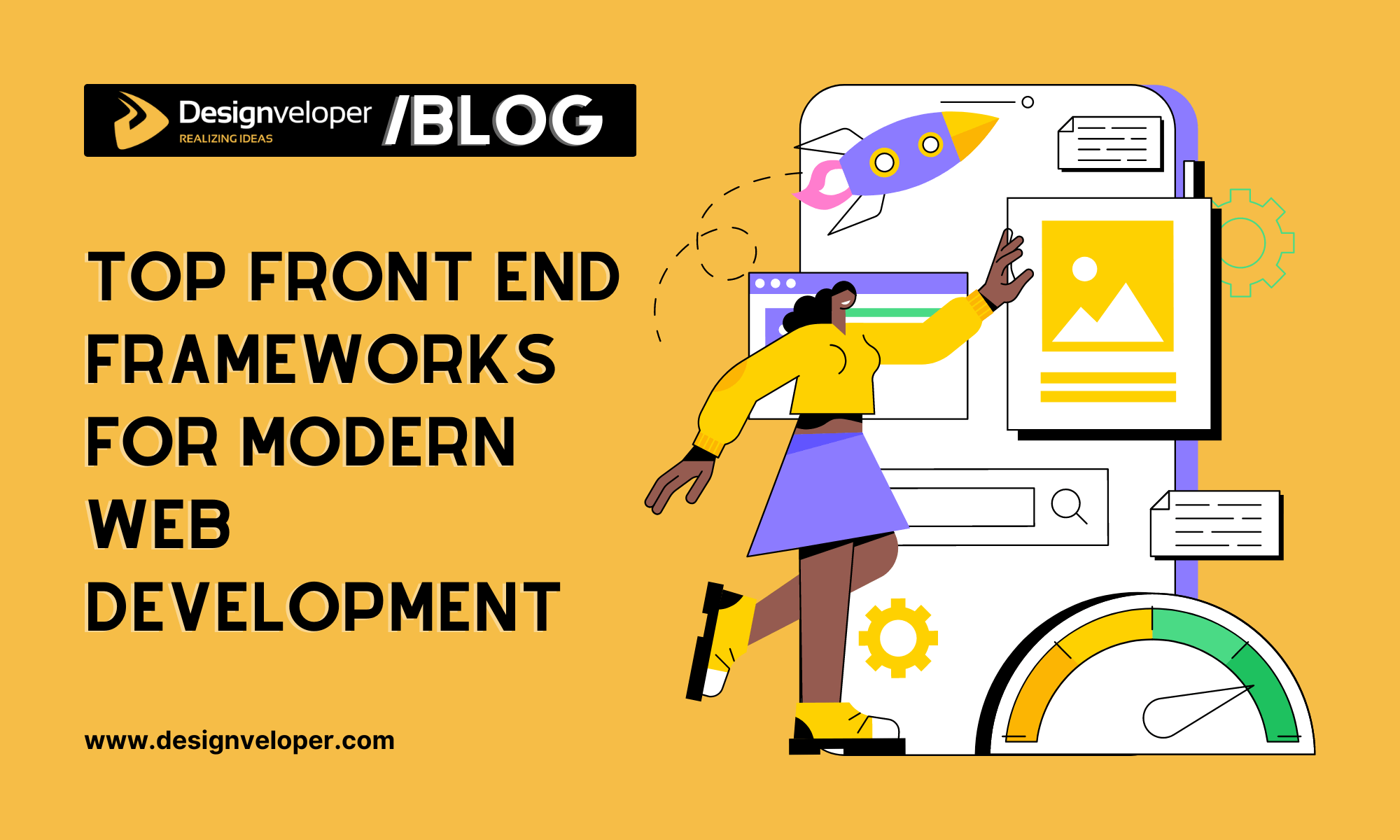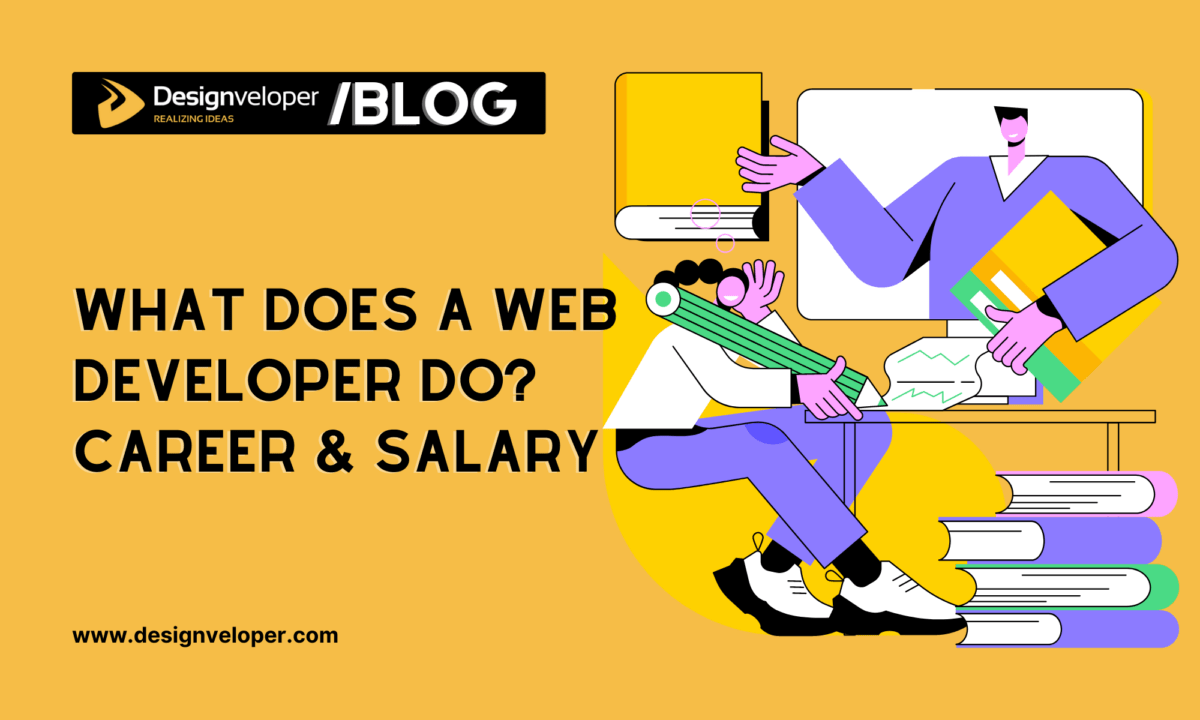Front end development has witnessed significant advancements in recent years, with the emergence of various frameworks that enhance the efficiency and effectiveness of web development. These frameworks provide developers with a solid foundation and a set of tools and libraries to build modern, responsive, and feature-rich websites.
In this article, we will explore the top 10 front-end frameworks that are widely used in modern web development.
Introduction to Front-End Frameworks
Front End Frameworks are collections of pre-written code, templates, and libraries that provide a structure and standardized way to build user interfaces. They simplify the development process by offering reusable components, efficient workflows, and improved performance. These frameworks are designed to handle the complexities of modern web development, allowing developers to focus on creating interactive and engaging user experiences.
1. Ext JS

Ext JS is a comprehensive JavaScript framework that excels in building complex and feature-rich web applications. It offers a vast set of UI components, data-driven architecture, and powerful data manipulation capabilities. Ext JS provides a rich user experience with its customizable themes, responsive design, and extensive documentation. However, it has a steeper learning curve compared to other frameworks.
Pros of Ext JS:
- Extensive set of UI components for building sophisticated interfaces.
- Powerful data handling and manipulation capabilities.
- Excellent documentation and community support.
- Customizable themes and responsive design.
- Suitable for building enterprise-level applications.
Cons of Ext JS:
- Steeper learning curve compared to other frameworks.
- Commercial licensing is required for commercial projects.
- Limited integration options with other frameworks.
2. Angular

Angular, developed by Google, is a robust framework that follows a component-based architecture. It provides a robust collection of features and tools for developing dynamic web applications.
Pros of Angular:
- Two-way data binding simplifies data synchronization between the view and the model.
- Dependency injection enables modular and testable code.
- Extensive documentation and strong community support.
- Built-in support for creating reusable components.
- Improved performance through ahead-of-time (AOT) compilation.
Cons of Angular:
- Steeper learning curve for beginners.
- Complex syntax and boilerplate code.
- Frequent updates may require additional effort to keep up with the latest version.
- Large bundle size, which can impact initial page load time.
Recommended reading: How Forming an LLC Benefits Your Web Development Firm?
3. React

React, created by Facebook, is a popular JavaScript library for creating user interfaces. It follows a declarative approach and offers a virtual DOM for efficient rendering.
Pros of React:
- Virtual DOM enables efficient updates and performance optimization.
- Reusable components improve development productivity.
- Large and active community support.
- Abundance of third-party libraries and tools.
- Strong ecosystem with tools like Redux for state management.
Cons of React:
- Learning curve for beginners, especially when using JSX syntax.
- Lack of built-in support for routing and form validation.
- Requires additional libraries for advanced functionality.
- Can be overwhelming with the freedom to make architectural choices.
4. Vue.js

Vue.js is a progressive JavaScript framework that emphasizes simplicity and ease of integration. It offers a gentle learning curve and is suitable for small to medium-sized projects.
Pros of Vue.js:
- Gentle learning curve for beginners.
- Flexible and adaptable for incremental adoption.
- Excellent documentation and growing community support.
- Versatile and suitable for building both small and large-scale applications.
- Seamless integration with existing projects or libraries.
Cons of Vue.js:
- Smaller ecosystem compared to Angular and React.
- Limited resources and documentation for complex scenarios.
- Performance can be affected in larger applications.
- May require additional libraries for certain functionality.
5. Ember.js

Ember.js is a framework that focuses on convention over configuration, providing a structured approach to web application development.
Pros of Ember.js:
- Convention over configuration streamlines development.
- Powerful features like two-way data binding and automatic UI updates.
- Excellent tooling and developer experience.
- Strong community support and active development.
- Suitable for building ambitious web applications.
Cons of Ember.js:
- Steeper learning curve compared to other frameworks.
- Less flexibility in terms of architectural choices.
- Less adoption compared to Angular, React, and Vue.js.
- Limited resources and tutorials for complex scenarios
7. Bootstrap

Bootstrap is one of the most widely used front end frameworks for building responsive websites. It offers a collection of CSS and JavaScript Frameworks components that help developers create visually appealing and mobile-friendly interfaces.
Pros of Bootstrap:
- Rapid prototyping with ready-to-use components and styles.
- Responsive grid system simplifies building layouts for various devices.
- Large community support and extensive documentation.
- Customizable themes and easy integration with other frameworks.
Cons of Bootstrap:
- Lack of uniqueness and potential for websites to look similar.
- Heavier file size compared to minimalistic frameworks.
- Overriding default styles can be challenging and time-consuming.
8. Foundation
The foundation is a responsive front-end framework that provides a flexible grid system and a comprehensive set of UI components. It focuses on mobile-first development and offers features like responsive typography, customizable styles, and robust JavaScript plugins.
Pros of Foundation:
- Highly customizable and adaptable to different project needs.
- Mobile-first approach ensures responsive designs out of the box.
- Comprehensive set of components and plugins for building feature-rich websites.
- Accessibility-focused features and best practices.
Cons of Foundation:
- Steeper learning curve compared to some other frameworks.
- Limited community support compared to Bootstrap or React.
- Documentation can be improved in certain areas.
9. Material-UI
Material-UI is a React component package that supports Google’s Material Design standards. It provides a wide range of ready-to-use components with a modern and sleek design. Material-UI follows the principles of Material Design, offering animations, transitions, and interactive elements that enhance the user experience.
Pros of Material-UI:
- Material Design aesthetics create visually appealing interfaces.
- Well-documented and actively maintained.
- Extensive selection of components with built-in responsiveness.
- Customizable themes and styles.
Cons of Material-UI:
- React-specific and may require some familiarity with React.
- Heavier bundle size due to the extensive collection of components.
- Steep learning curve for beginners.
10. Bulma
Bulma is a lightweight CSS framework that focuses on simplicity and flexibility. It provides a responsive grid system, styling utilities, and a collection of UI components. Bulma is built with Sass, making it easy to customize and extend. It offers a clean and intuitive syntax, making it an excellent choice for developers who prefer a lightweight and straightforward framework.
Pros of Bulma:
- Lightweight and minimalistic, resulting in faster load times.
- Easy to learn and use with its intuitive syntax.
- Responsive grid system and customizable components.
- Flexibility for customization and extension with Sass.
Cons of Bulma:
- Smaller community compared to other frameworks.
- Limited number of ready-to-use components compared to Bootstrap.
- Less extensive documentation and resources.
Conclusion
While all the mentioned front-end frameworks have their own strengths and weaknesses, Ext JS stands out as the best front-end framework for modern web development. With its comprehensive feature set, robust architecture, and enterprise-level support, Ext JS offers unparalleled capabilities for building complex web applications. It excels in scalability, documentation, and powerful tools, making it an ideal choice for large-scale projects.
However, it is important to consider the specific requirements of your project, the learning curve, and the developer community support when selecting a front-end framework. Each framework has its unique advantages and caters to different development preferences. Explore the pros and cons of each framework discussed in this article to determine which one aligns best with your project goals and development style.
FAQs
- Are front-end frameworks necessary for web development?
A: Front-end frameworks are not mandatory but highly recommended as they simplify the development process and provide a structured approach to building web interfaces.
- Which front-end framework is best for beginners?
A: For beginners, frameworks like Vue.js and React are often recommended due to their gentle learning curves and extensive documentation.
- Can front end frameworks be used together?
A: Yes, front-end frameworks can be used together, depending on the project requirements. For example, React components can be integrated into an Angular project.
- Are front-end frameworks SEO-friendly?
A: Front-end frameworks can be made SEO-friendly by implementing server-side rendering techniques or using frameworks that offer built-in SEO optimizations.
- How do I choose the right front-end framework for my project?
A: Consider factors such as project requirements, scalability, learning curve, community support, and developer familiarity when choosing a front-end framework.






















